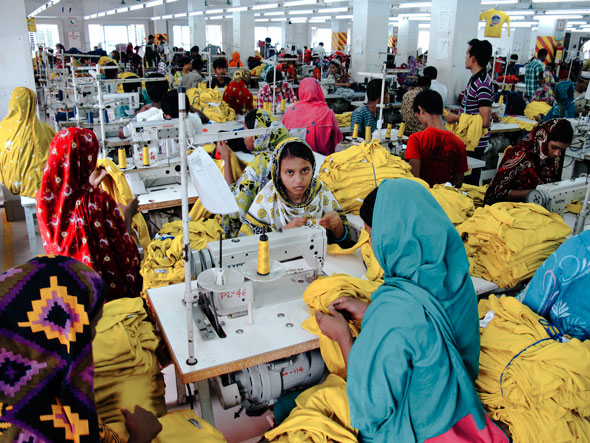Not a week passes without a camera or lens being announced that seems more desirable than what’s already in our bag. Take the just announced Sony A6000 claiming world’s fastest autofocus. A hybrid phase and contrast detect system takes no more than 0.06 seconds to focus. A few days earlier the Fujifilm X-T1 was announced, boasting an — again — short-lived world record for its fastest autofocus, snapping the target in a mere 0.08 seconds. Before that the Fujifilm X-E2 claimed the AF-crown that was just claimed by the Olympus OM-D E-M1. Soon we’ll enjoy real-time focusing. Quite a few who already shoot perfectly good gear upgrade for minuscule benefits. And not that gear gets cheaper like computers or smartphones. And try selling a just bought camera. Except for good glass the depreciation of gear equals a falling stone. Newer, better, faster… welcome to the digital marketing trap.

Need new gear? Or want new gear? That, in fact, is the question. In today’s digital world post-processing can even make a P&S’s bokeh look like a Summilux’s child. Shouldn’t we buy good glass for its “character” and rendition, not solely for speed? Right, that’s a whole lot of subjectivity that cannot be measured by lens tests. But take the “sharpest ever” standard primes, the Zeiss Otus 55mm F1.4. Huge and heavy, the Otus renders detail like no other lens. But so perfect, the overall look is perfectly “clean” to the point of bland if not boring. I rather spend less on a lens with character. But I spend.
Others spend heavily on booze, entertainment, cars. So let me enjoy a certain degree of GAS (for the uninitiated: gear acquisition syndrome). The return on investment in terms of pleasure doesn’t even look too bad. Do the math. Say you spend $2k on a kit. That’s $80 each month over two years. Or your wish list is a $5k camera and lens setup. That’s $210/month. Not too bad. Others spend money on much more insane things.
Problem starts when you expect a real return on investment, say by selling photographs or gear you want to replace. Again, some expect the more return on investment the more they spend on gear. But it’s more about being there in the right place at the right time able to capture the shot than blaming the camera.
One of the better pays for a photograph — for a book cover — I recently got for shot with an antiquated, out of production Canon G12 — right, the one with the terrible viewfinder. Happened to be in the right place at the right time — and someone wanted exactly this. Would have been nicer to shoot with a Nikon Df, but probably even an iPhone could have done the job:

The most expensive camera can take the worst pictures. You get what you pay for, as the old saying goes, but in today’s photography world we’ve reached a point with so many even greater and better products that more expensive gear offers a diminishing marginal return on expenditure whereas cheaper, smaller gear offers an increased marginal return on expenditure.
The gap between maximum performance for exponential expenditure and good enough performance for reasonable expenditure diminishes. That’s not what the industry wants to hear. Faster, higher, better, more beautiful — they know exactly what we fall for by them playing with our innermost gear wishes and hopes. This in spite the fact that these days about every camera can deliver. The more expensive and heavier the camera, the better the images? The more it weighs you down.
If I’m not able to perform with an Olympus E-M1 — an all-time digital classic — I’m the camera industry’s perfect prey and on top of it a fool who’s deluding myself. Better spend the GAS money on travel, adventure and new projects to not dream of better gear by worrying about moiré, AA filter and stuff, but to put perfectly good gear down to work.


